BBC TV News reaches 60-year milestone
- Published
How BBC TV News has changed since 1954
There is no shortage of television news to be found on UK screens. Switch on the TV and there is any number of 24-hour rolling news channels or bulletins at all times of the day.
But on 5 July 1954 the BBC was preparing for its first TV news bulletin to go live.
The first broadcasts were sober affairs: there were no personality newsreaders and the format resembled a radio bulletin over still pictures.
Richard Baker was the first to read the news, but it would be another three years before he would actually be seen on screen as there were concerns a human face would detract from the serious business of the news.
September 1960 saw the first 10 O'Clock News and in the following years there was a growth in news programmes - World at One, News Review, Newsreel.
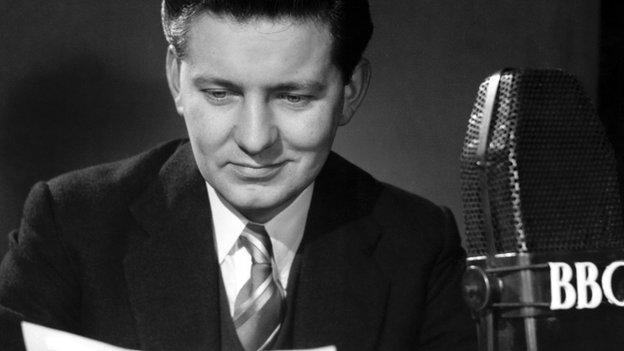
Richard Baker read the very first news bulletin but he did not appear in person for another three years

Lime Grove Studios were used as a temporary base before news moved to Television Centre
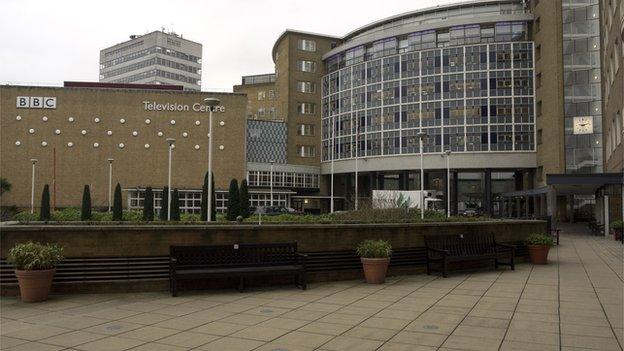
Television Centre is now being developed into housing and retail spaces
Facilities for broadcasting the news were dotted around London, with Lime Grove Studios and Alexandra Palace serving as television studios in the early days.
Lime Grove Studios near Hammersmith, a film studio built in 1915 and where The Wicked Lady was shot, was bought by the BBC as a temporary measure while the White City studios were being built. The "temporary arrangement" was to last more than 40 years - although not for News - until the BBC sold it in 1991.
The whole TV news operation moved to Television Centre in White City in 1969, which was to become a landmark building and "the face" of the BBC for many years.
The 1970s saw the launch of the Nine O'Clock News, with a roster of presenters including Robert Dougall, Kenneth Kendall and Richard Baker - who had already been mainstays of BBC News for more than 15 years.
TV news was very much bound together with the more established radio news at the beginning.
Nan Winton was to be the first female BBC newsreader back in 1960, although ITN had blazed the trail for women in TV news with Barbara Mandell a regular from 1955. Winton's role was shortlived as BBC research at the time revealed a dislike for a woman reading the news.
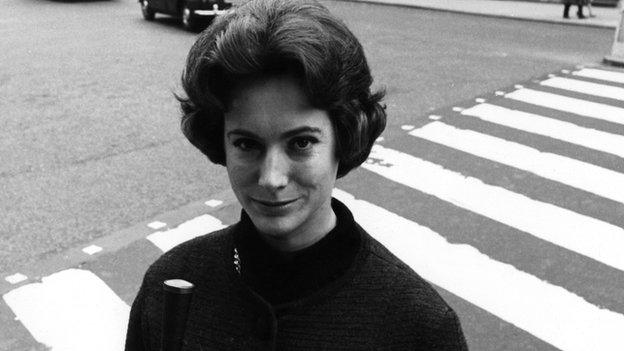
Nan Winton was the first female newsreader on the BBC - but her tenure was short
There would not be a regular female newsreader until Angela Rippon joined the team on the flagship Nine O'Clock News in 1975.
Rippon was arguably one of the first newsreaders to cross over into a "TV personality" role, branching out into light entertainment on Come Dancing and Top Gear, when it was a very different show to how it is now.
Speaking about her memorable moments reading the news, Rippon said: "I covered the death of Airey Neave when he was blown up by a bomb outside Parliament, the Jonestown massacre was one of mine.
"And I announced when Pope John Paul became pope. We were live on air and I was able to say there for the very first time we have a sighting of the man who will become Pope John Paul."
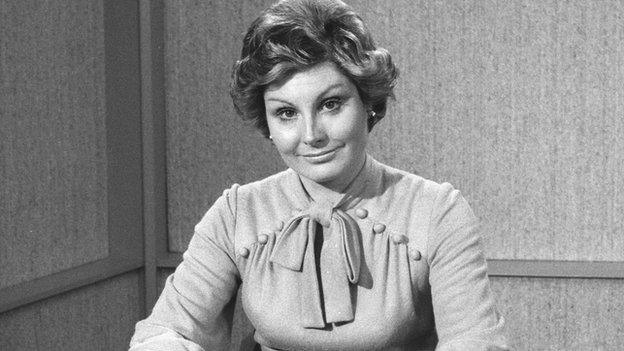
Angela Rippon had a long stint as a newsreader on the Nine O'Clock News...
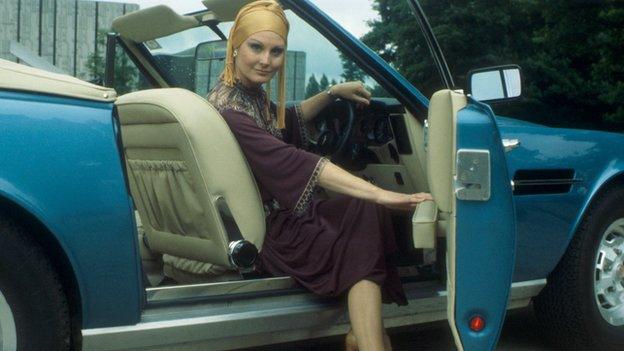
...and also branched out into entertainment presenting with the likes of Top Gear
She added: "It was also me who announced to the world who shot JR, so there was light and shade in television news!"
The only news produced for younger consumers was a weekly Children's Newsreel, a strand of the Newsreel programme which covered current affairs as well as lighter stories.
But in 1972 John Craven's Newsround was launched to give a daily news round-up for children aged between six and 12. As the first regular bulletin of the day for a while, it was able to break stories such as the loss of the space shuttle Challenger in 1986.
Newsround is still broadcast every weekday, although it has shifted to dedicated children's channel CBBC.

John Craven was the face of children's news for 17 years
Another big change - one that has come and gone - was the advent of Ceefax, effectively the first rolling news.
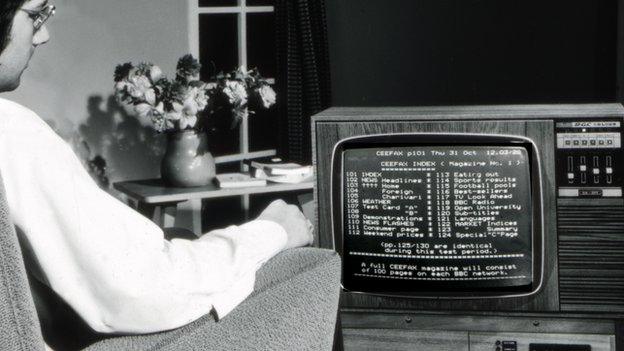
Ceefax survived for 40 years until technology took over
With its distinctive four-paragraph multi-coloured pages, it launched 40 years ago and was a platform for fast, concise news. Ceefax was put out to pasture in 2012 as the analogue television signal was switched off. A text-based news service is still available on digital TVs.
As technology developed, cameras and sound equipment became smaller and lighter, which allowed reporters and crew to be sent anywhere, anytime, including to war zones. The likes of Kate Adie and Brian Hanrahan became the faces of war reporting.
In June 1989, Adie reported live from Tiananmen Square in China, giving a first-hand account of the government's deadly crackdown on protesters.
Hanrahan, who died in 2010, was best known for his reporting of the Falklands War, although he covered world stories across the globe.
But reporting from such dangerous regions comes with great risks, and a number of journalists and film crew have been killed or seriously injured while on reporting duties.
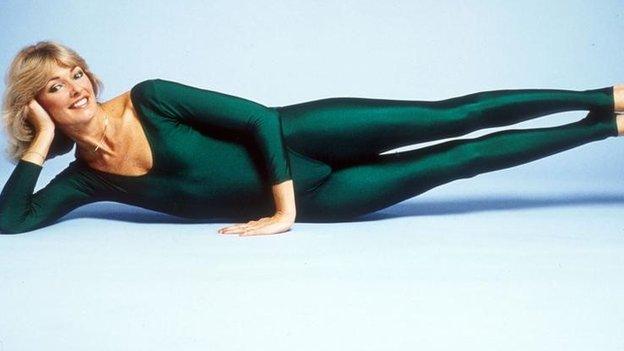
Diana Moran was the "Green Goddess" of exercise on Breakfast Time
One of the biggest changes in the news schedule was the introduction of Breakfast Time in 1983, the first of its kind for British TV. Mixing hard news with lighter features, including an exercise segment with the Green Goddess Diana Moran.
Soon after, ITV launched its morning offering TV-am, sparking a decades-long ratings rivalry.
Breakfast Time morphed into Breakfast News, dropping the lighter features to make way for a more authoritative tone.
The morning show is now called BBC Breakfast, broadcasting from its new home in Salford, where it moved as part of the BBC's drive to spread its teams around the country.
The Six O'Clock News launched in 1984. It was the most watched news programme until 2006, when the 10 O'Clock News took over. The bulletin has since returned to the number one slot in the audience ratings league.

From humble beginnings the BBC News website has grown into one of the world's most popular news sites
Following in the footsteps of its US counterparts, the BBC launched its 24-hour rolling news channel BBC News 24 in 1997.
However, the BBC's channel along with those from other broadcasters, have not been without their critics, whose main objection is to so much airtime being dedicated to nothing happening.
This was playfully highlighted recently during the run-up period to the birth of Prince George, when newsreader Simon McCoy, reporting from outside the hospital, said: "Until then we are going to be speculating about this royal birth with no facts at hand."
Ratings wars became part of the news agenda again when the BBC decided in 2000 to move its night-time bulletin from nine to 10, setting up a clash with ITV.
Television Centre was vacated and sold off in 2013 as BBC News was on the move again, this time to Broadcasting House in the centre of London.
While the BBC has its own extensive news website - which grew up from humble beginnings into one of the world's most popular news sites - it is perhaps the internet that poses the biggest threat to television news.
A report by the BBC Trust, the BBC's governing body, recently reported there had been a 14% drop in the number of young viewers watching BBC news over the past decade. And in the under-45 category, online is now the first port of call for the headlines.
BBC TV has now set itself the tricky task of wooing back young viewers in an age when they have so many other ways to access news.
But the BBC also has its very vocal detractors, pushing for the whole corporation to be broken up and commercialised.
These critics argue there is no place in the 21st Century for a publicly funded TV network.
So even while it marks its anniversary, BBC News is also trying to figure out how to hang on to its esteemed place in the broadcasting landscape.